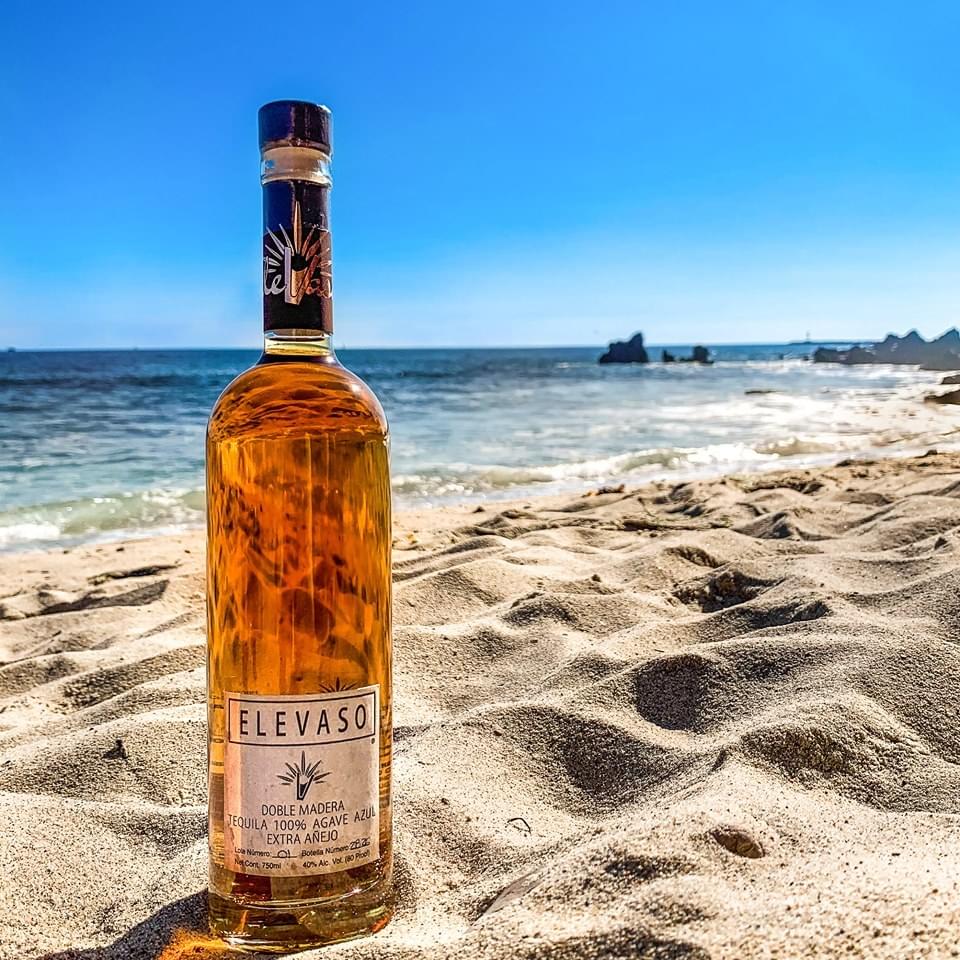


Lucky for us, that wave of plantings of those tall, spiky plants with their washtub-sized pineapples are ready now, and the results are evident in a dizzying selection of new brands and styles, with more than 40 premium brands available in the United States last year, and several hundred throughout Mexico.Īll this competition, of course, has also brought about a leveling of prices. But agave plants take as much as 10 years to mature. There's plenty of choice from there, and you'll have to spend upward of $40 for a 750-milliliter bottle, but you're already way ahead of the average hangover sufferer, who unwittingly bought a mixto at half that price.Īs the world began to discover premium tequila in the 1990s, growers scrambled to meet demand.

To be labeled ``tequila,'' it must be made from the blue agave that grows in and around Tequila, a town near Guadalajara, the capital of the western Mexican state of Jalisco. Agave is a water-retaining plant - known as a succulent, like aloe - that grows chiefly in the dry climates of Mexico. And not the kind of flavor that's easily described.įinding one of these is simpler than you might think: If the words ``100 percent agave'' appear on the bottle, then it's so, by law. That's a shame, because pure agave tequila tastes like nothing else in the world: It's bright and bracing, with racy citrus and vegetal overtones and a hint of sweetness - not the kind of characteristics your typical grain alcohol can equal. It's the equivalent of padding your mom's meatloaf with dog chow. To give mixtos their ``gold'' color (and euphemistic moniker) caramel or coloring is often added. The lion's share of tequila sold in the United States is what's known, somewhat disparagingly, as ``mixto,'' meaning rougly half of it is made from agave, the unique foundation of all tequila, while the other half comes from added sugar. ``And I explained to her that she didn't have a bad tequila experience - she had an experience with bad tequila.'' I had a very bad tequila experience once,'°'' Kretchmer says. Like any good tequila connoisseur, he jumped at the opportunity to win a convert. Laurence Kretchmer tells the story of a woman who asked for a Cosmopolitan at New York's Mesa Grill, one of several restaurants he owns with celebrity chef Bobby Flay. Still, that news has been slow to penetrate mainstream American preconceptions. And while ``value'' tequila imports grew only slightly in that span, the volume of ``premium'' and ``super premium'' imports nearly doubled, averaging more than 20 percent annual growth since 2002, according to DISCUS figures.Īs choices have flourished with growing demand, there's never been a better time to rediscover the national spirit of Mexico. tequila imports grew nearly 30 percent, according to the Distilled Spirits Council of the United States, a trade association representing liquor producers and marketers. ``Back in the '80s, that's all we were exposed to,'' says Kim Haasarud, Los Angeles mixologist and co-author of ``101 Margaritas.'' ``There were cheap tequilas on the market, and we thought, `Well, that's tequila.'°''įorget everything you think you know about tequila, then commit this simple phrase to memory: ``100 percent agave.'' Dozens of labels are carrying those magic words these days, the result of a production renaissance in Mexico more than a decade in the making.Īnd it seems that the awareness of tequila's place among the most mouthwatering and versatile of the world's fine spirits is finally starting to spread.įrom 2002-2005, U.S. What place would these beverages have in American culture?įor decades, the bulk of the tequila sold in the United States has been bottom-shelf dreck, a hangover-waiting-to-happen that's made from inferior ingredients and marketed as a lowbrow party drug. Or if wine shops stocked only Boone's Farm and Night Train. Consider if the only beers in American bars were Schlitz and Old Milwaukee.


 0 kommentar(er)
0 kommentar(er)
